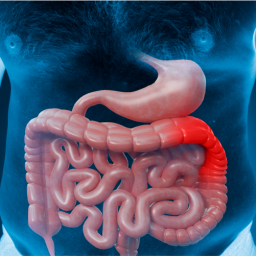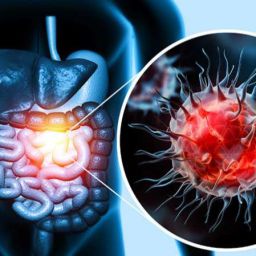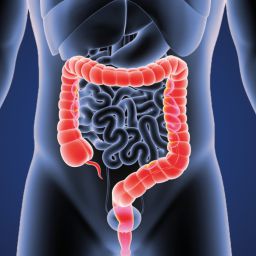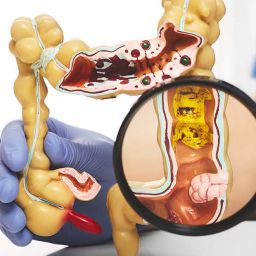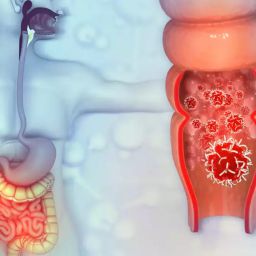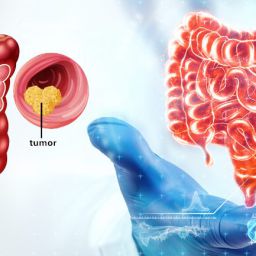
The Importance of Colon Cancer Screening for Women
While colon cancer is often associated with older adults, it is also a critical concern for women, especially as they age. In fact, the American Cancer Society and other health organizations have made clear that screening is one of the most effective ways to reduce the risks of colorectal cancer.
1.1 Early Detection Saves Lives
- Regular screening helps detect cancer in its early stages when it is more treatable.
- Colon cancer screening can also identify precancerous polyps, allowing for their removal before they have the chance to develop into cancer.
- Studies have shown that colon cancer screening reduces the death rate by up to 68%.
1.2 Colon Cancer Statistics for Women
- While men are more likely to develop colon cancer, women still face significant risks. According to the American Cancer Society, about 1 in 24 women will be diagnosed with colon cancer in their lifetime.
- Women who have a family history of colon cancer or who have certain risk factors should be especially vigilant.
2. When Should Women Start Screening for Colon Cancer?
The timing for colon cancer screening varies depending on individual risk factors, family history, and the latest guidelines from medical authorities.
2.1 General Guidelines for Screening
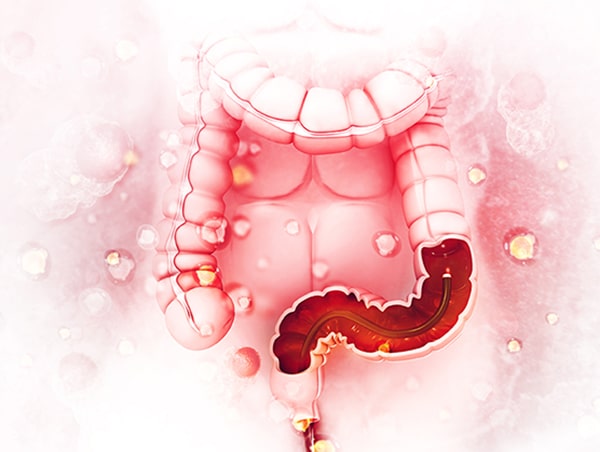
- The American Cancer Society recommends that women begin regular screening at age 45 if they have an average risk of colon cancer.
- Screening may start earlier if a woman has risk factors such as a family history of colon cancer, inherited genetic conditions like Lynch syndrome, or personal health history (e.g., inflammatory bowel disease).
- For women with a higher-than-average risk, screening may need to begin at age 40 or even earlier, depending on specific circumstances.
2.2 Screening for Women with a Family History
- Family history plays a significant role in the development of colon cancer. Women who have close relatives (parents, siblings, children) diagnosed with colon cancer before the age of 50 should begin screening earlier, possibly around age 40.
- The screening intervals for women with a family history of colon cancer are also shorter, usually every 5 years.
2.3 Risk Factors That Impact Screening Decisions
- Personal history of polyps or colorectal cancer: Women who have had colon polyps or cancer in the past are at higher risk and may need more frequent screening.
- Inherited genetic conditions: Conditions like Lynch syndrome or familial adenomatous polyposis (FAP) increase the risk of colon cancer and require early and frequent screening.
- Lifestyle factors: Poor diet, lack of exercise, smoking, and heavy alcohol use are all risk factors that can affect screening decisions.
3. Methods of Colon Cancer Screening
There are several methods available for screening colon cancer, each with its own advantages and limitations. The method chosen will depend on a woman’s risk profile, preferences, and recommendations from her healthcare provider.
3.1 Colonoscopy
- What is a Colonoscopy?: A colonoscopy is the gold standard for colon cancer screening. It involves inserting a flexible tube with a camera into the rectum to examine the entire colon.
- Benefits of Colonoscopy: This procedure allows for the direct visualization of the colon and the removal of polyps if necessary. It is recommended every 10 years for average-risk individuals.
- Risks and Considerations: Although it is highly effective, colonoscopy requires preparation (including bowel cleansing) and carries some risks, such as bleeding or perforation of the colon.
3.2 Fecal Occult Blood Test (FOBT)
- What is FOBT?: This non-invasive test looks for hidden blood in the stool, which may be a sign of cancer or polyps.
- How it Works: Women are asked to provide stool samples over a few days, and the samples are tested in a lab.
- Frequency: If the test is negative, it should be repeated every year. A positive test requires further investigation via colonoscopy.
3.3 Flexible Sigmoidoscopy
- What is Flexible Sigmoidoscopy?: A sigmoidoscopy is similar to a colonoscopy but only examines the lower part of the colon (sigmoid colon and rectum).
- Benefits: It is less invasive and requires less preparation than a full colonoscopy, but it only detects issues in the lower colon.
- Frequency: Recommended every 5 years if used alone or in combination with annual FOBT.
3.4 Virtual Colonoscopy (CT Colonography)
- What is Virtual Colonoscopy?: A CT scan is used to create detailed images of the colon.
- Benefits: Virtual colonoscopy is non-invasive and provides a detailed view of the colon.
- Risks: Like a regular colonoscopy, it requires bowel preparation and can result in false positives.
4. What to Expect During Colon Cancer Screening
Understanding what happens during screening can help women feel more comfortable and prepared.
4.1 The Process of Colonoscopy
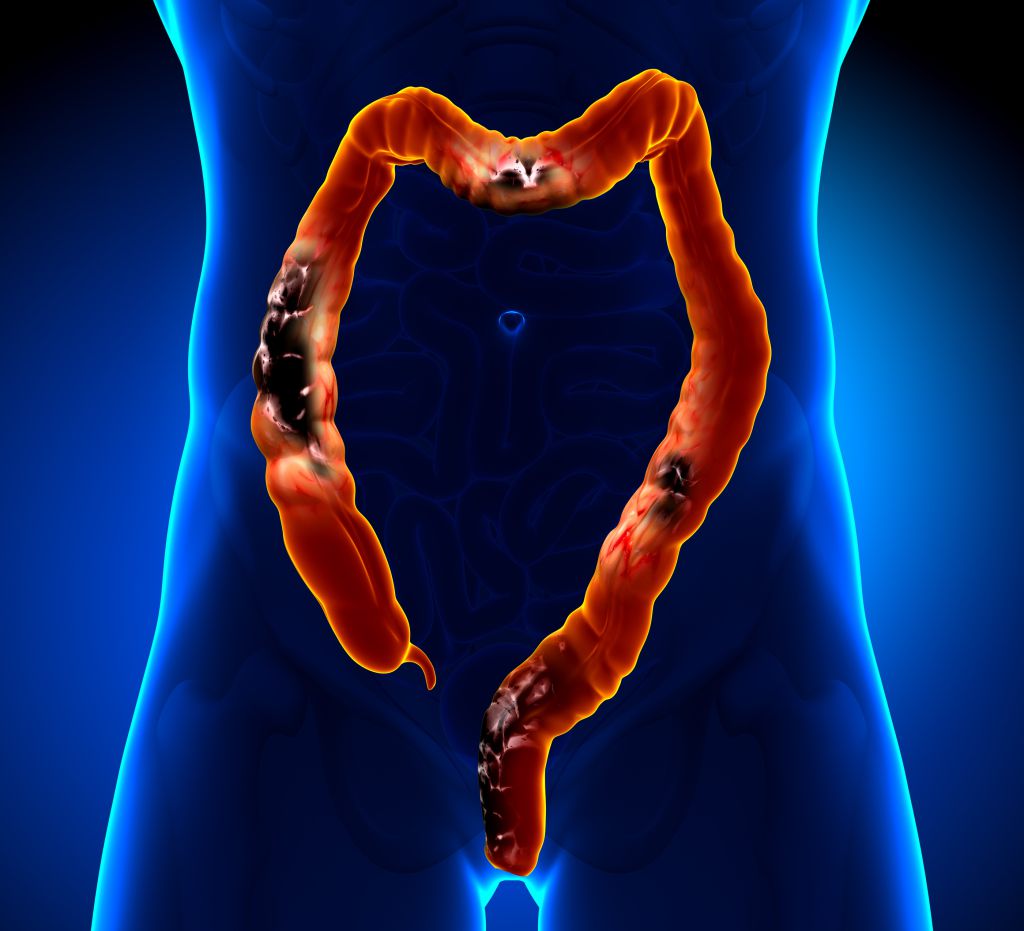
- Preparation: Women will need to follow specific dietary guidelines and take a bowel cleanser to ensure the colon is empty for the procedure.
- The Procedure: The procedure is performed under sedation or anesthesia, and the doctor will examine the colon for polyps or abnormal growths.
- Recovery: Afterward, women may experience bloating, cramping, or mild discomfort but can usually return to normal activities within a day.
4.2 The Process of FOBT
- Sample Collection: Women will be asked to collect stool samples over several days and send them to a laboratory for analysis.
- Follow-Up: If blood is detected in the stool, further investigation via colonoscopy will be recommended.
5. Overcoming Barriers to Screening for Women
Despite the availability of effective screening methods, many women delay or avoid screening due to various reasons.
5.1 Common Barriers
- Fear of the procedure or diagnosis.
- Lack of awareness about the importance of screening.
- Inconvenience or discomfort associated with certain tests.
- Cultural or language barriers, particularly in underserved communities.
5.2 How to Overcome These Barriers
- Education: Promoting awareness about the benefits of early screening and how it saves lives.
- Access to Care: Ensuring that all women have access to affordable screening options.
- Support: Offering resources such as counseling, support groups, or guidance from healthcare providers to help women feel comfortable with the process.
Colon cancer screening is an essential aspect of women’s health, particularly as they age. The right time to begin screening, the type of screening to choose, and the frequency of screening all depend on a woman’s risk factors, family history, and individual preferences. By adhering to the recommended guidelines and discussing options with a healthcare provider, women can ensure that they are doing everything possible to protect their health and detect any potential issues early.



